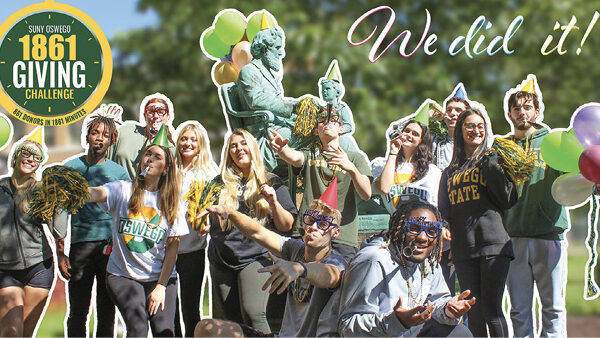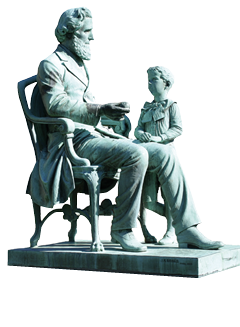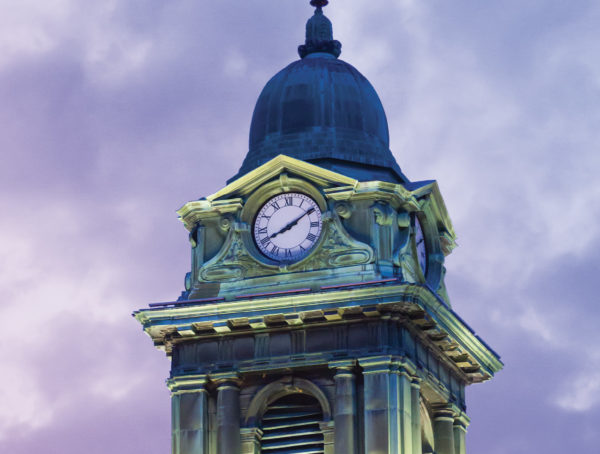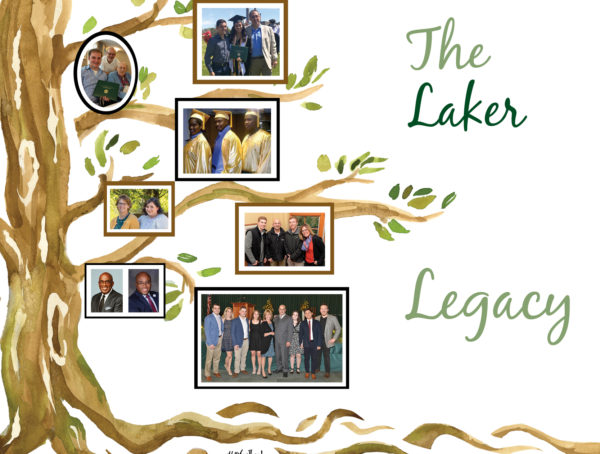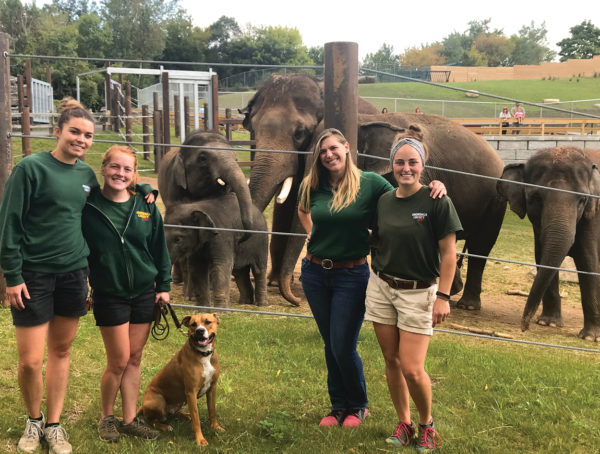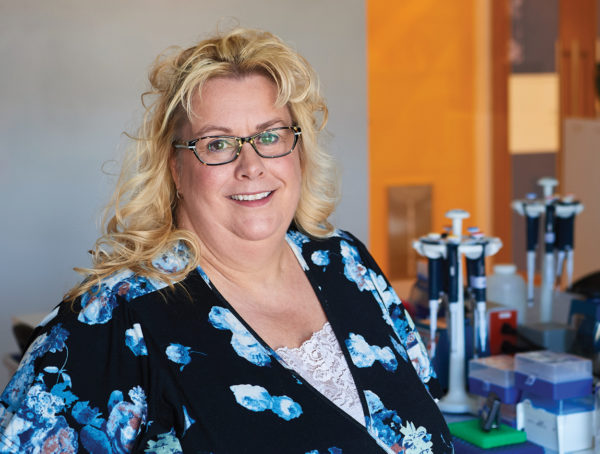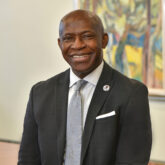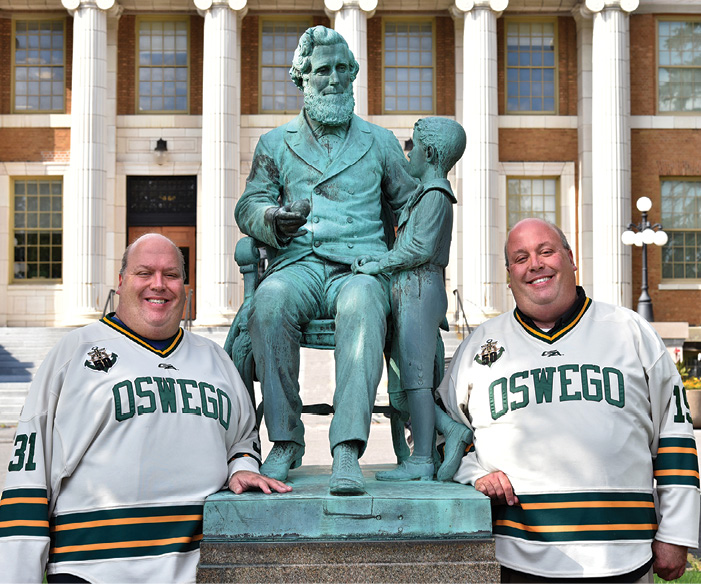
Tom Little ’92 (left) and Don Little ’91
As I head to another Laker hockey game with my dad and friends, we always take a moment as we pass that statue in front of Sheldon Hall. I pause and reflect on the fatherly guidance that he provided in the establishment and growth of the Oswego Normal and Training School—Oswego State. As I reflect on the Oswego family, I wanted to take a moment to share my love and profound admiration of that great man.
When I was an undergrad in the late 1980s and the early 1990s, I am ashamed to say that my knowledge and understanding of Sheldon’s legacy was so sparse that I might well call it ignorant. With age comes appreciation and respect. After all, this man was quite a game changer! He began working with students at the Ragged School and later served as superintendent of both Oswego and Syracuse school districts. In Syracuse, he helped to organize the Onondaga County Library System and supported the freeing of a runaway slave (the Jerry Rescue).
It was within these experiences that he saw the need to improve the training of teachers for the enhanced experience of student learning. The training program that he developed became known as the Oswego Method. So phenomenal was this work that it became universally adopted by normal schools across America. Today, we just call it “student teaching.”
Perhaps the simple story of the statue allows one to better understand the importance of Sheldon. On Arbor Day 1898, 200,000 students from 3,000 schools collected pennies for the commissioning of that statue. A monument to Sheldon would be woefully inadequate if it were of him alone. In many ways, the statue reflects the equality within the learning process of the student and Sheldon. It was this belief in meeting each child where he or she was and moving him or her forward that makes Sheldon so important to the American education system. That is the mindset that he promoted in his training program.
Our college’s fatherly founder was deeply rooted in a student-centered model of teaching and learning. That model has flourished for more than a century and a half. He profoundly altered both the way children in the United States were taught and the way teachers were educated. It is why the statue was dedicated! Sheldon was extraordinarily ordinary and that is what makes me appreciate him even more. Like thousands of fellow graduates, I have dedicated my professional life to the education of children. In that regard, I am extraordinarily ordinary.
He was a force of nature and a charismatic personality who drew like-minded trailblazers to the shores of Lake Ontario. These merry men and women went far and wide and spread the gospel of Sheldon to every corner of the country and beyond. He has set the standard of what an Oswego alum should do civically and professionally: Use your talents to achieve your personal best; add to your community by valuing and advocating for those around you; and perform at your highest level in all of your involvements. My twin brother, Tom ’92, and I have followed that lead in Syracuse city schools with great success.
As we end our pause at the statue, I proceed to the arena, drop off my dad and friends, and park the truck. It is often in those moments of trudging across the parking lot that I realize that those lessons from my “college father,” are really similar to the lessons from my father. What a blessing to have two dads who expected so much! I suppose that is why Tom and I dedicated a scholarship in our family’s name to our Oswego family. They belong together, don’t they… —Don Little ’91
Don Little ’91 is a social studies teacher at Nottingham High School, and his master thesis, focused on Edward Austin Sheldon’s life and legacy, is available for review at Penfield Library. He and his brother, Tom ’92, established the Little Family Scholarship to support students who graduated from a Syracuse City School District high school and who now attend SUNY Oswego and are majoring in education or a social science. Read excerpts from Don’s Sheldon Thesis.
You might also like
More from Fall 2019
The Laker Legacy
Choosing a college is a big decision. For some Lakers, the decision is in their DNA. What brings students to Oswego? …
Classmates Caring for Elephant family
Among the 700 animals at the 43-acre Rosamond Gifford Zoo in Syracuse, N.Y., is the family of eight Asian elephants, …
No Family Secrets
Although the field is still fairly young, diagnostic genetics is widespread in the United States. In fact, many people have …







